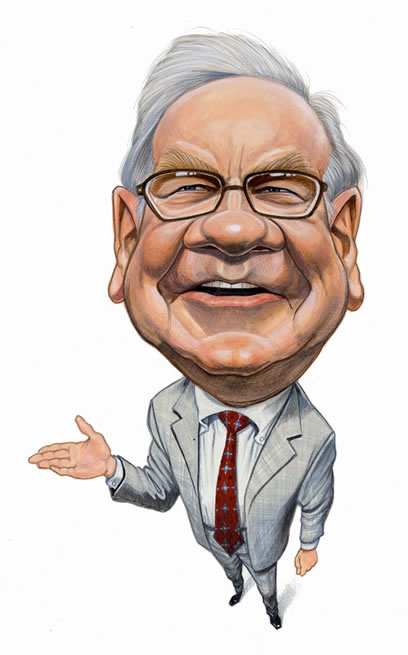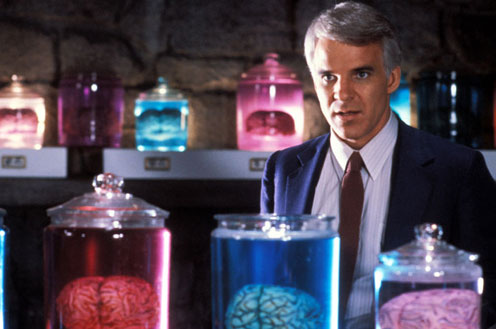During my trip to South Africa and Australia last year, my business partner Bill Bonner and I had a conversation that should interest you. For those of you who don’t know, Bill and I worked together to found Agora publishing.
We were speaking about our company’s future. Right now, Agora is a $400-plus million publishing business with high profitability and good growth. By any conventional standards, it is a great business. But Bill is not satisfied. His goal is to make Agora a business that will last a hundred years. Very few businesses are able to do that.
To accomplish Bill’s goal, Agora will have to develop what Warren Buffet calls a “long-term, durable competitive advantage.”
Coca-Cola is a perfect example of what I’m talking about. Coca-Cola has been selling the same product since 1892. It spent money inventing its core product over one hundred years ago. Today, it spends very little money on research and development. It also has low manufacturing costs, since the machinery required to make Coke rarely needs updating.
These factors give Coca-Cola a big, long-term advantage. They can devote all the money they don’t spend on research, development, and manufacturing to marketing. That is how Coca-Cola stays way ahead of its competition.
This got me thinking about investing. Coca-Cola is one of the companies that Warren Buffet invested in many years ago. After losing money by investing in some speculative opportunities, Buffett realized he would be much better off investing in businesses that were more established and had distinct competitive advantages—businesses like Coca-Cola, Kraft Foods, and American Express. Berkshire Hathaway, his holding company, owns these kinds of companies. He buys them and holds them. If their share prices drop, he doesn’t sell them. He buys more shares. His goal is not year-by-year profits, but owning more and more shares of great companies.
This strategy is very different from what most professional investors use. Yet, it works. In fact, it works very well. Everyone acknowledges that Buffet is the most successful investor in history.



